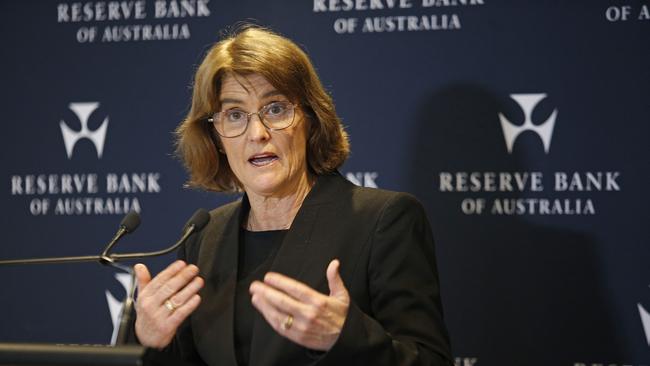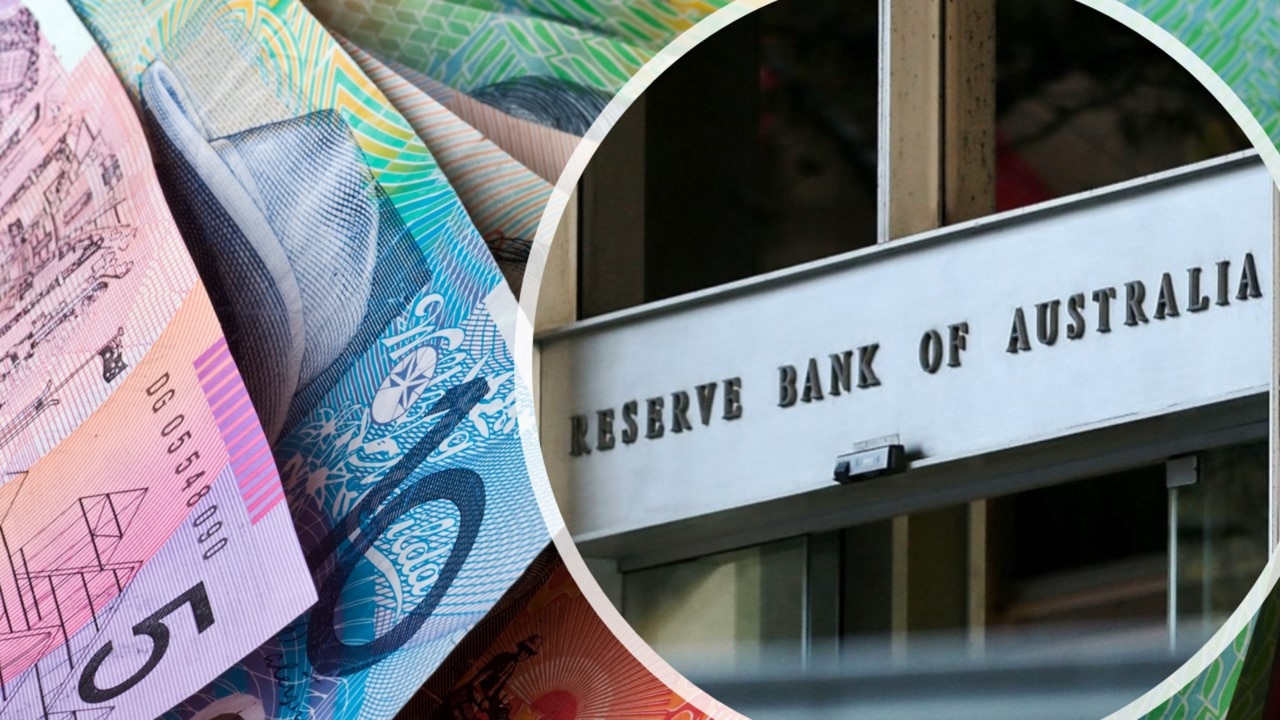RBA sticks to its guns: no rate cut before 2025
The RBA minutes contain a slapdown for financial markets pricing in a rate cut by the end of the year, as it’s revealed how close the board came to increasing the cash rate in August.

The Reserve Bank judged that a rate cut delivered before the end of the year would keep inflation above the target midpoint for longer, as it seriously considered immediately increasing the cash rate to 4.6 per cent in August.
Minutes from the central bank’s August 5-6 meeting reaffirm RBA governor Michele Bullock’s view that rate relief is unlikely to be delivered until 2025, and shed new light on how close it came to hiking the cash rate.
The minutes also contained a slapdown for financial markets pricing in a rate cut to 4.1 per cent before the end of the year, with the bank judging this would result in inflation not being returned to the midpoint of the 2-3 per cent target band until 2027.
The RBA minutes show the central bank was concerned by several developments suggesting that the risk of inflation not returning to target by late 2025 “had risen materially” and underlying inflation was “proving persistent”.
The minutes said the outlook for both household consumption and public demand had strengthened, with GDP growth revised higher for the year ahead.
A stronger outlook for demand was accompanied by an assessment that the economy had less spare capacity than previously assumed. With its estimates pointing to aggregate demand exceeding supply by more than previously thought, the RBA minutes said this could “justify an immediate increase in the cash rate”.
“The staff’s assessment was that the gap between aggregate demand and supply would be wider than previously judged throughout the forecast period, because of both a stronger outlook for demand and a reassessment of the economy’s current spare capacity,” the minutes said.
“The case to raise the cash rate could be further supported by developments in financial conditions over preceding months,” the minutes said.

“Members noted that financial conditions appeared to have eased modestly, as housing prices and credit growth had picked up and bond yields had declined.”
In addition, the RBA board judged that if it followed market pricing and cut rates by the end of the year, inflation would stay higher for longer and return to the mid point of the 2-3 per cent target band only in 2027.
“The staff’s forecasts also implied that the future path for the cash rate inferred from market pricing was not sufficient to return inflation to the midpoint of the target range in 2026,” the minutes said. “Collectively, these considerations could be taken to imply monetary policy should be tighter to achieve the inflation objective.”
Abhijit Surya from Capital Economics said a “key reason behind the bank’s hawkish messaging is that markets have recently been running away with the narrative that rate cuts will be on the table before year-end, leading to a loosening of financial conditions.”
He also noted that the RBA board took the unusual step of stating “it was unlikely that the cash rate would be reduced in the short term”.
AMP chief economist Shane Oliver said the minutes reflected a “difference of views” and the market believed the economy would be weaker than what the RBA was projecting.
Jim Chalmers told parliament that Ms Bullock had made it “really clear in the last week that the government and the Reserve Bank are aligned when it comes to the fight against inflation”.
“She’s also made it clear that we have the same objective here to get on top of inflation, but we have different responsibilities as we go about it,” the Treasurer said.
“The responsibility that we have in common is to get on top of inflation together without smashing the labour market or smashing the economy, which is already soft at a time of substantial global economic uncertainty.”
Head of economics at ANZ Adam Boyton said the bank’s dual mandate of balancing inflation and full employment “came into play in support of the decision not to hike”.
The bank’s minutes also noted the “implications of the volatility in financial markets prevailing at the time of the meeting”, and decided the case to leave the cash rate unchanged was the stronger option.




To join the conversation, please log in. Don't have an account? Register
Join the conversation, you are commenting as Logout